In the realm of professional photography and videography, capturing candid shots and headshots at conferences is both an art and a science. As an experienced photographer and videographer at St. Louis Studio Photography, I’m here to provide you with valuable insights and tips on how to master the art of documenting conferences through compelling visuals. Whether you’re a fellow photographer looking to up your game or someone interested in the intricacies of conference documentation, this comprehensive guide will prove invaluable.
Understanding the Importance of Conference Documentation
Documenting conferences might not sound as glamorous as capturing exotic landscapes or celebrity portraits, but it plays a crucial role in preserving valuable moments and information. Conferences are often breeding grounds for networking, knowledge exchange, and collaboration. As a photographer or videographer, your role is to capture the essence of these events, allowing attendees to relive their experiences and businesses to promote their achievements.
The images and videos produced during a conference serve various purposes, including:
- Promotion: Companies use conference documentation to market future events or showcase their involvement in current ones.
- Networking: Attendees can use these visuals to connect with fellow participants, speakers, or sponsors they met during the event.
- Knowledge Sharing: Valuable content, such as presentation slides or panel discussions, can be shared online for a broader audience.
- Memories: Conference-goers often want to revisit the event and reminisce about their interactions and insights gained.
Choosing the Right Gear
Before delving into the intricacies of capturing candid shots and headshots at conferences, let’s talk about the gear you’ll need. As a professional photographer or videographer, it’s essential to invest in high-quality equipment to achieve exceptional results.
Cameras and Lenses
- DSLR or Mirrorless Cameras: These offer versatility, allowing you to switch lenses based on the situation. Full-frame cameras are preferable for their superior low-light performance.
- Zoom Lenses: A good zoom lens provides flexibility when capturing subjects at different distances. Consider a 24-70mm f/2.8 or a 70-200mm f/2.8 lens.
- Prime Lenses: Fixed focal length lenses with wide apertures (e.g., 50mm f/1.8) are great for low-light conditions and achieving that beautiful bokeh effect.
Lighting Equipment
- Speedlights: Portable and versatile for on-camera or off-camera use.
- Continuous Lighting: Ideal for video recording and maintaining consistent lighting conditions.
- Reflectors and Diffusers: Essential for modifying and diffusing light for more flattering portraits.
Tripods and Stabilization
- Tripods: Necessary for long exposure shots or stable video recording.
- Gimbals: Vital for smooth and steady video footage, especially when walking or panning.
Audio Equipment
- External Microphone: Crucial for capturing clear and crisp audio during video recording.
- Audio Recorder: Provides backup audio recording in case of microphone failures.
Memory Cards and Storage
- Fast and High-capacity SD Cards: Ensure you have enough storage space and fast write speeds for continuous shooting and video recording.
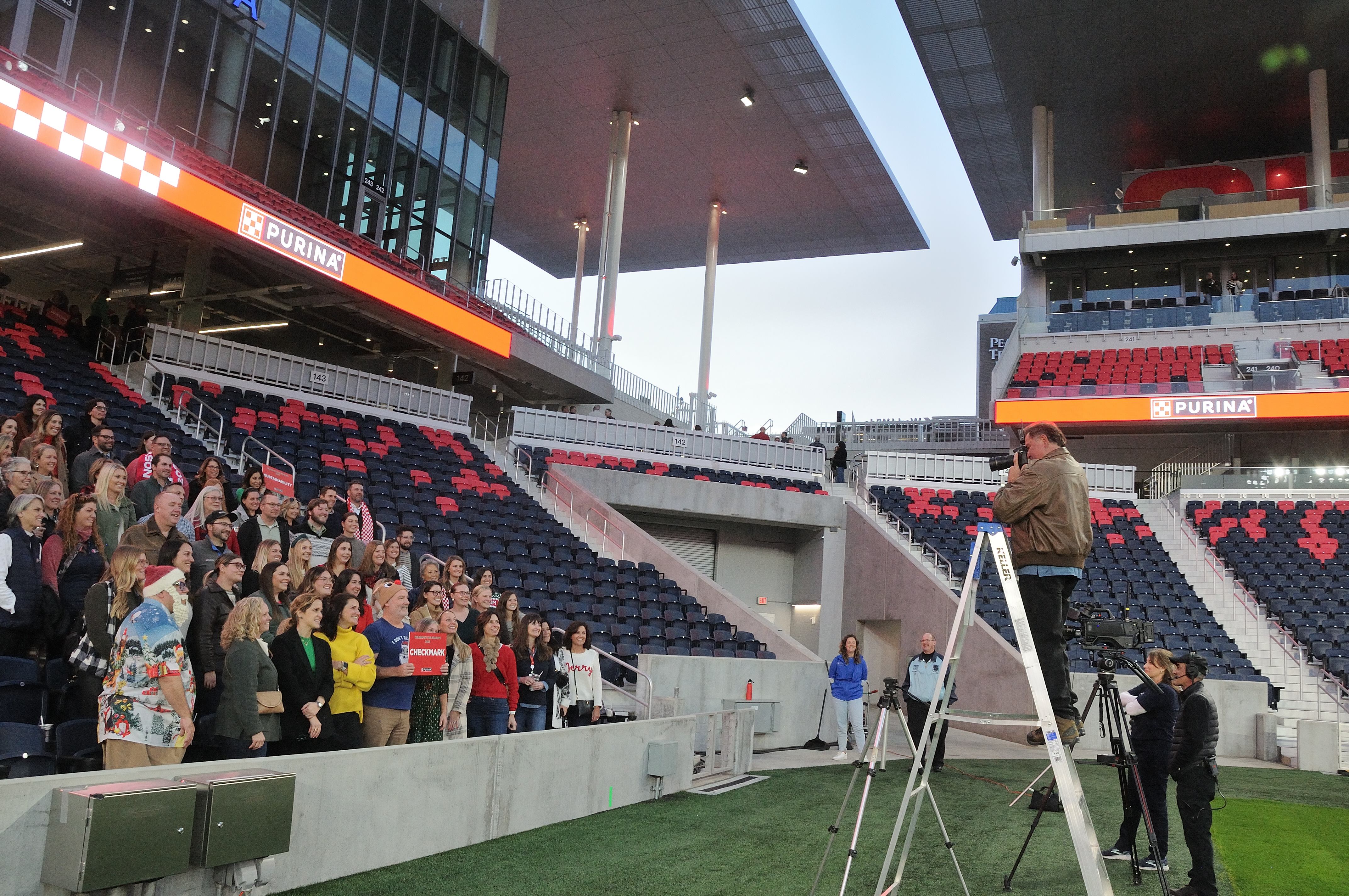
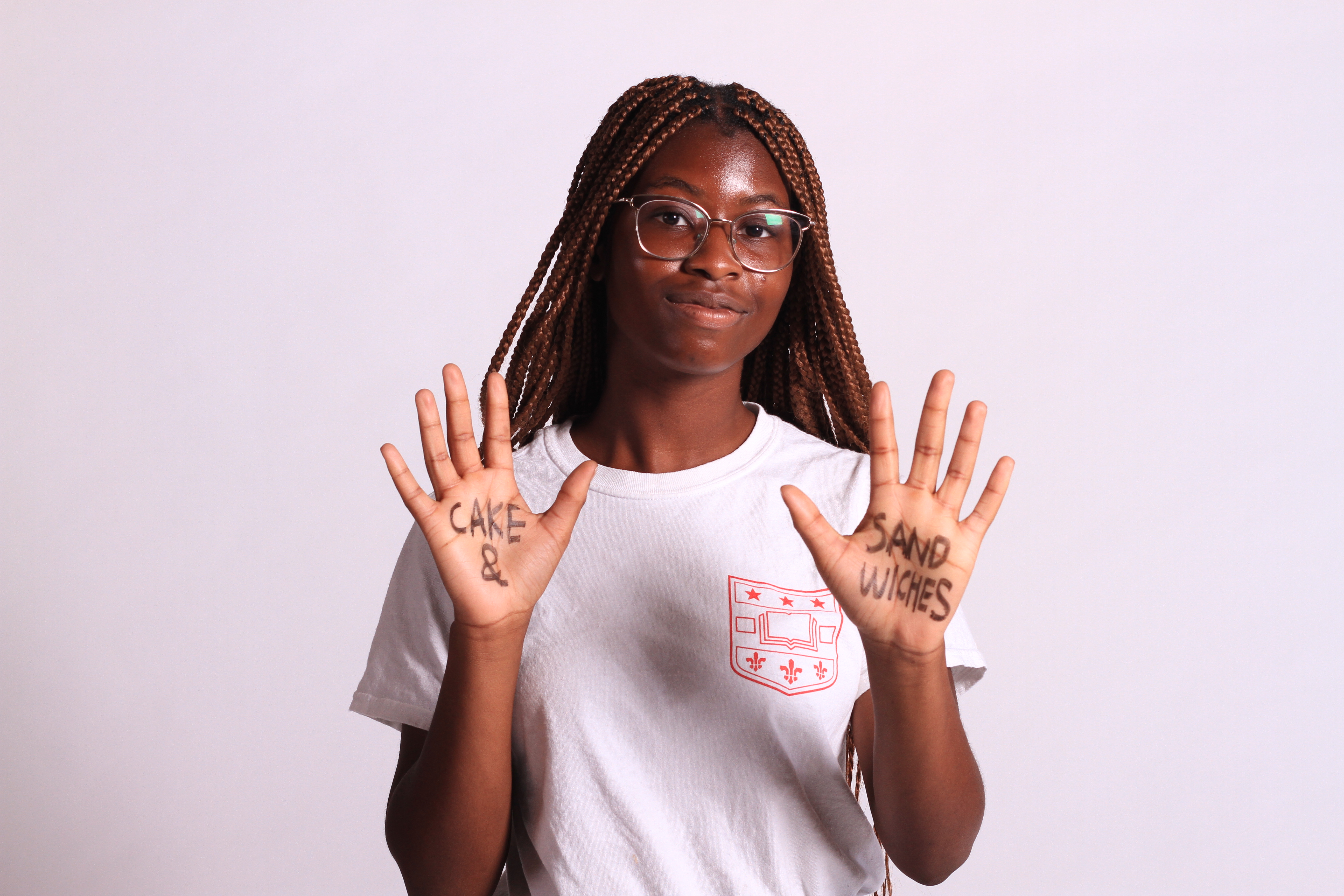
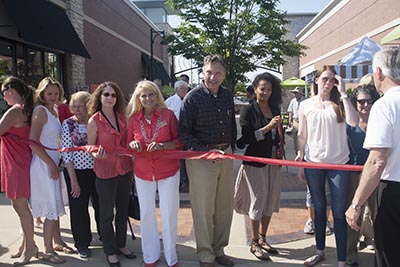
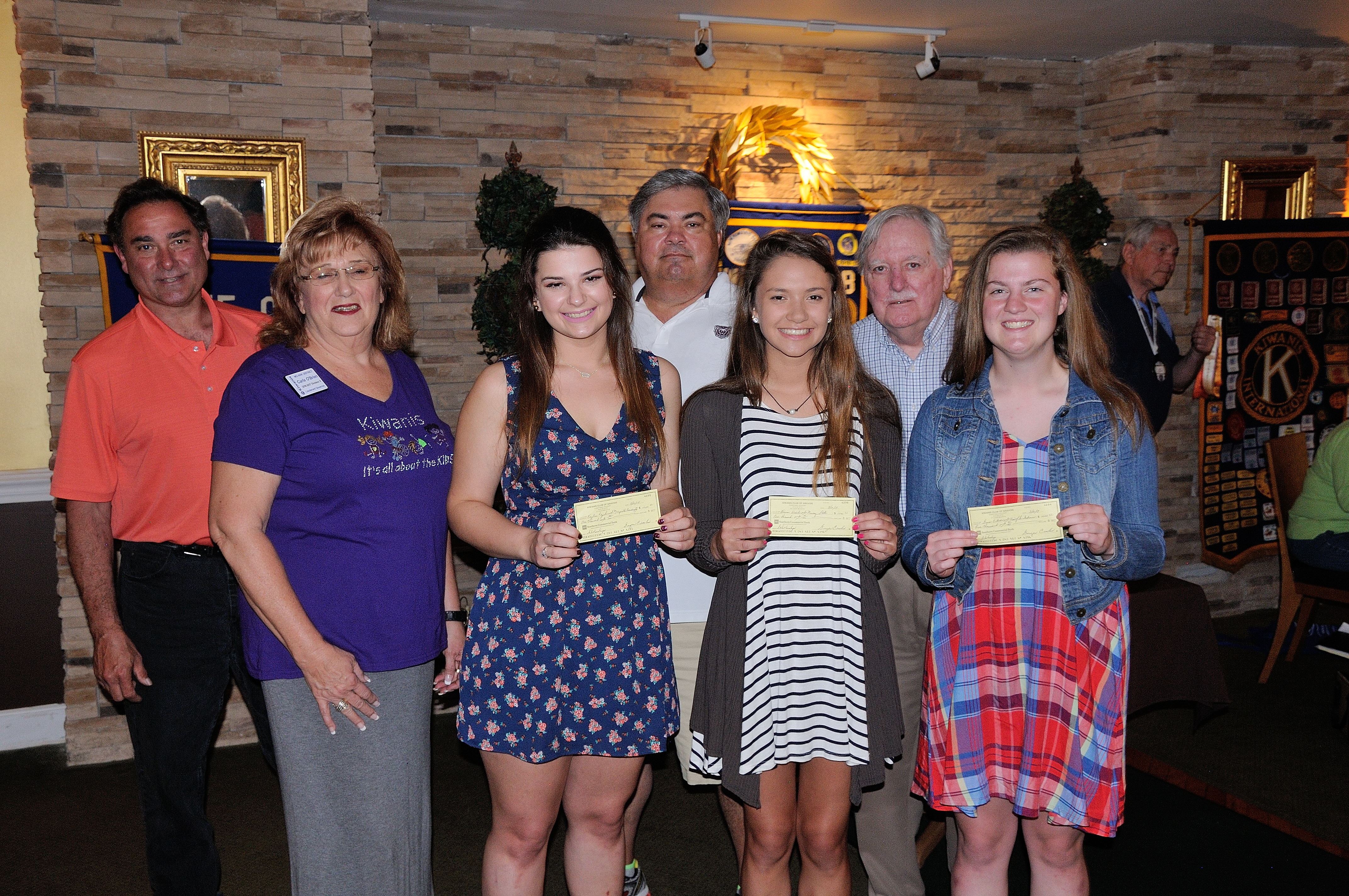
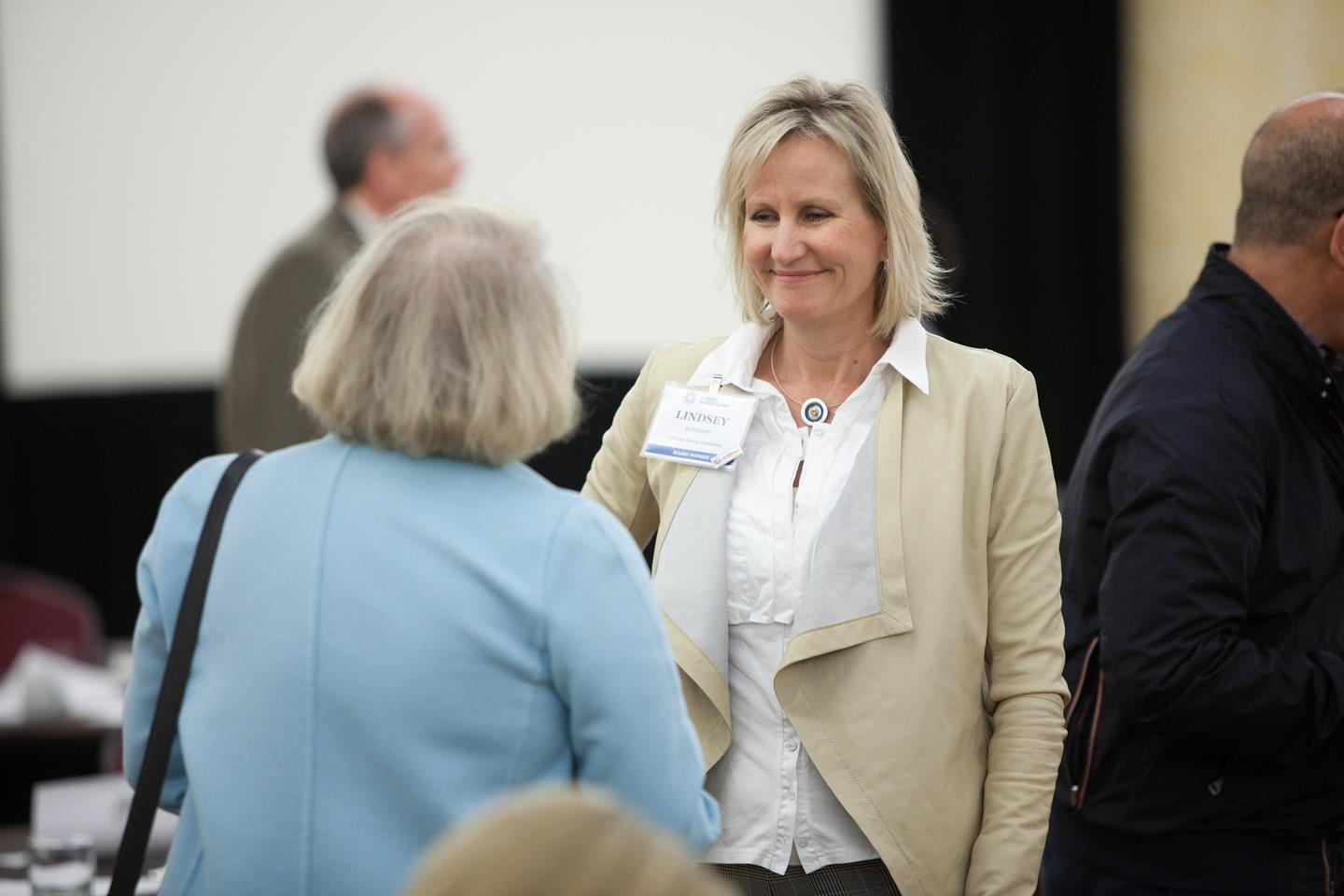
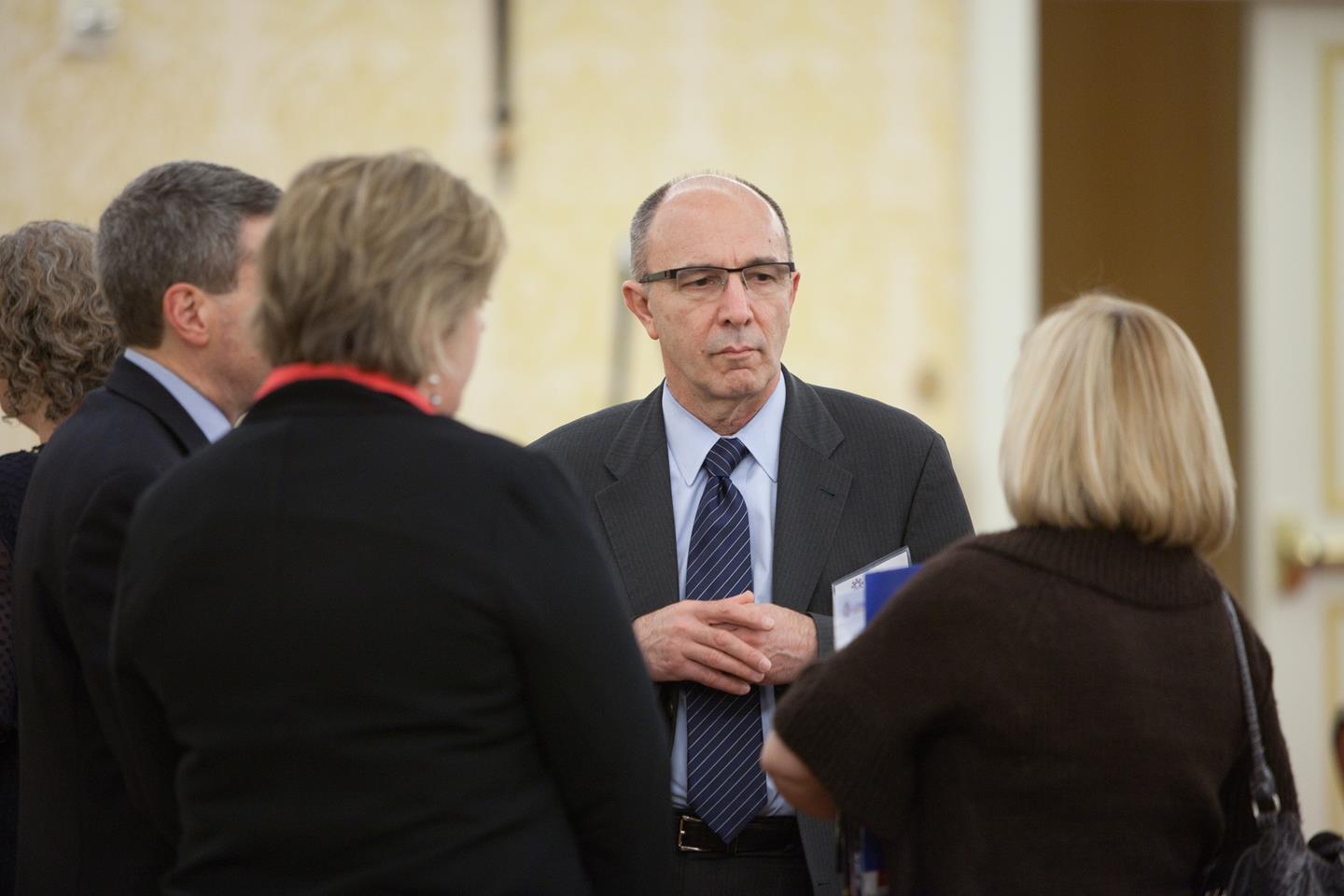
Preparation and Planning
Successful conference documentation starts with meticulous preparation and planning. Here are some essential steps to consider:
Research the Venue
- Visit the conference venue beforehand to familiarize yourself with the layout and lighting conditions.
- Identify suitable shooting locations for candid shots and headshots.
Communicate with Organizers
- Establish clear communication with event organizers to understand their expectations and requirements.
- Inquire about any specific shots they want or moments they’d like you to capture.
Create a Shot List
- Develop a comprehensive shot list that includes key moments, speakers, attendees, and any branding elements.
- Organize your shot list by prioritizing shots that are essential to the event’s goals.
Set Up Early
- Arrive at the venue well in advance to set up your equipment and conduct any necessary tests.
- Ensure all your gear is in working order, and you have backups for critical components.
Capturing Candid Moments
Candid shots are an essential part of conference documentation, as they capture the spontaneous interactions and emotions of attendees. To excel in this aspect, consider the following tips:
Blend In
- Dress appropriately to blend in with the crowd and avoid standing out as a distraction.
- Use smaller and less conspicuous camera gear when possible.
Anticipate Moments
- Stay alert and anticipate significant moments, such as keynote speeches, Q&A sessions, or networking breaks.
- Position yourself strategically to capture reactions, handshakes, and genuine interactions.
Use Fast Lenses
- Wide-aperture lenses (e.g., f/1.8) are ideal for candid shots, allowing you to shoot in low light conditions and isolate subjects from the background.
Candid Portraits
- Capture candid portraits of attendees engrossed in conversations or lost in thought.
- Focus on the expressions and body language to convey the atmosphere of the event.
Perfecting Headshots
In addition to candid shots, headshots play a crucial role in conference documentation. They offer attendees a polished and professional image to use for their profiles, websites, or promotional materials. Here’s how to nail headshots at conferences:
Set Up a Portrait Station
- Designate an area with a clean and professional backdrop for headshots.
- Ensure proper lighting to eliminate harsh shadows and create a flattering look.
Communicate and Direct
- Interact with your subjects and give clear instructions for posing.
- Encourage attendees to relax and provide guidance on posture and facial expressions.
Use a Prime Lens
- A prime lens with a wide aperture (e.g., 85mm f/1.4) creates a pleasing background blur, making your subject stand out.
Consistency is Key
- Maintain consistency in your headshots, using the same lighting setup and background for all subjects.
- This ensures a cohesive look in the final collection of headshots.
Lighting Techniques
Proper lighting is fundamental in conference documentation, whether you’re capturing candid moments or headshots. Here are some lighting techniques to consider:
Natural Light
- Utilize natural light sources, such as windows or skylights, when available and suitable.
- Position subjects so that the natural light falls on their faces evenly.
Off-Camera Flash
- Use off-camera flash to control and shape the lighting.
- Bounce the flash off walls or ceilings to create soft, diffused light.
Continuous Lighting
- Continuous LED panels provide consistent and adjustable lighting for video recording.
- Soften the light with diffusers or modifiers to reduce harsh shadows.
Gels and Filters
- Experiment with color gels and filters to add creative effects or correct color temperature issues.
- Be cautious not to overdo it; subtle adjustments often yield the best results.
Post-Production and Editing
Post-production is where the magic happens in conference documentation. Here’s how to enhance your images and videos after the event:
Culling and Selection
- Start by culling your photos and selecting the best shots based on composition, focus, and emotion.
- Delete any duplicates or unusable shots to streamline your workflow.
Color Correction
- Ensure accurate color representation by adjusting white balance and correcting any color cast.
- Use editing software like Adobe Lightroom or Capture One for precise color adjustments.
Retouching and Cropping
- Retouch portraits as needed, removing blemishes or distractions.
- Crop images for better composition or to meet specific requirements.
Video Editing
- Edit your video footage to create a compelling narrative.
- Add titles, transitions, and music to enhance the overall production.
Repurposing Your Media
The versatility of your conference documentation media extends beyond the event itself. Here are ways to repurpose your content for maximum impact:
Social Media Highlights
- Share highlights and behind-the-scenes footage on social media platforms to engage with attendees and a broader audience.
- Use short video clips and captivating images to create anticipation for future events.
Blog Posts and Articles
- Collaborate with event organizers to create blog posts or articles featuring your visuals.
- These can serve as valuable content for marketing and knowledge sharing.
Marketing Collateral
- Provide attendees with headshots and candid shots for their marketing materials, further showcasing their involvement in the event.
- Customize images with logos and branding elements.
Educational Content
- Use recorded presentations and panel discussions to create educational content or webinars.
- Repurpose the knowledge shared at the conference for ongoing engagement.
Why Choose St. Louis Studio Photography
When it comes to conference documentation, you need a reliable and experienced partner to ensure your visual content truly shines. That’s where St. Louis Studio Photography comes into play.
As a full-service professional commercial photography and video production company, St. Louis Studio Photography has the right equipment and creative crew service experience to make your conference documentation a resounding success. We offer full-service studio and location video and photography, as well as editing and post-production. Our team can customize your productions for diverse types of media requirements. We are well-versed in all file types and styles of media and accompanying software.
Call to Action:
As a full-service video and photography production company, St. Louis Studio Photography has worked with many businesses, marketing firms, and agencies in the St. Louis area for their corporate photography and video. Whether you’re organizing a conference or in need of professional documentation, we are here to turn your vision into stunning visual content. Contact us today to discuss your project and let us capture your conference’s essence with expertise and creativity.
In conclusion, mastering the art of capturing candid shots and headshots at conferences requires careful planning, the right equipment, and a keen eye for detail. With the right techniques and a creative approach, you can create visually compelling content that serves various purposes, from marketing to knowledge sharing. And when you choose St. Louis Studio Photography, you’re partnering with a team that brings experience, expertise, and top-notch equipment to the table, ensuring your conference documentation stands out and leaves a lasting impression.
